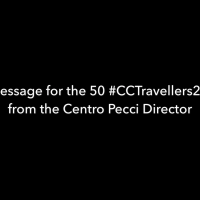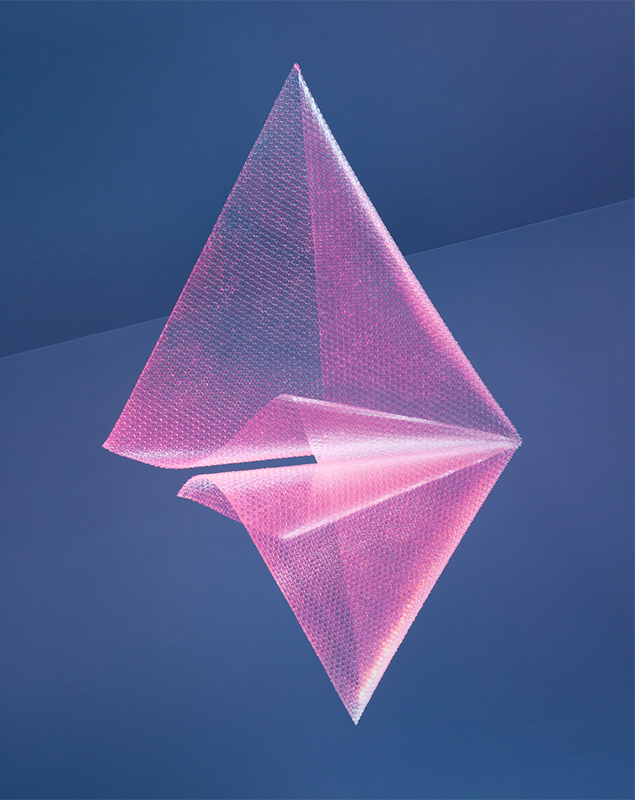
Questo testo è solo in Inglese. Lo tradurremo in Italiano appena possible. Grazie, CCTeam
PHROOM is an online exhibition space and art advisory dedicated to contemporary Fine Art Photography. PHROOM curates and provides its clients with guidance into the world of photography.

Today, I am talking with its founder and editor in chief Giangiacomo Cirla.
Tell us about you and your journey in the world of photography?
Journey is the right word, I have always had a compulsive attraction for images and to research and collect them as world frames that go into my mental collection.
Growing as a creative, I have deepened this passion through my studies and work experience, making research my primary interest. I am very attentive to the visual and aesthetic appearance and how these are means to convey far more profound and articulate concepts.
During the period when I had an art gallery in Milan, focused on artistic photography, I mastered the practical dynamics behind the exhibitions and deepened my research, specializing in the field of Fine-Art Photography, by refining my criteria and learning how to follow the selected artists rather than just restricting myself to pure research.
I have never followed a straightforward or well-defined path but rather traveled in a general direction, deviating to encounter something more interesting, exactly like a journey. A journey in the visual research field.
What is photography to you? How does this artistic medium stands out for you?
Photography is a medium that serves to convey a concept, just like a brush for a painter or a chisel for a sculptor. It is also an absolutely contemporary medium, constantly updating and still very young, so with lots of opportunities remaining for experimentation.
Gathering so many projects from all over the world becomes a way to tell our contemporaneity in a detailed way and that’s what I’m most interested in.
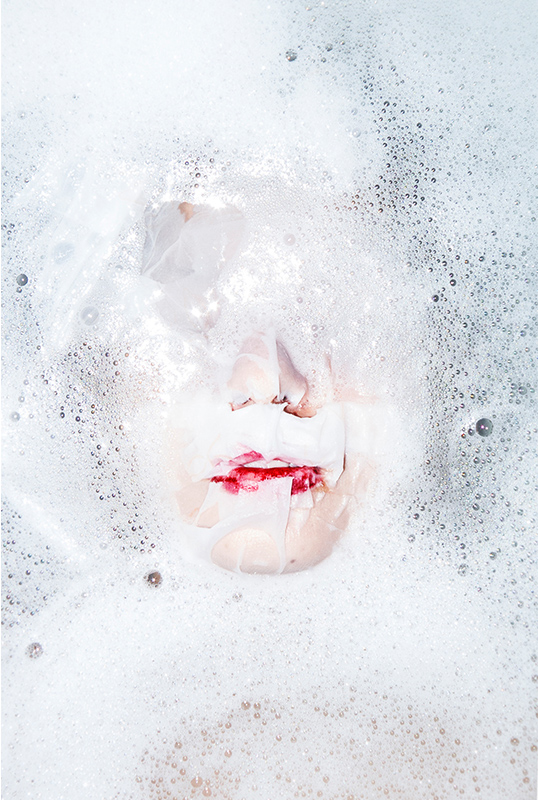
Is photography an art of seeing, an art of feeling, an art of communicating or something else?
It’s an art to have all these features, in different ratios, depending on the typology. Seeing, feeling and communicating are the foundations of any form of art.
How did the idea of PHROOM started? Tell us about the team and your journey so far.
The idea of PHROOM started in the period when I had the art gallery in Milan, a very stimulating and formative period which has also made me aware of the limits set by a too static and outdated setting.
The idea behind PHROOM is to keep the setting of an art gallery but enhancing certain aspects such as research and fruition, by eliminating geographic constraints, facilitating collaborate with a greater number of artists and reaching a wider audience.
PHROOM today is an important resource thanks to its visual and textual database, which publication after publication continues to increase its content.
After a first phase focused on Fine-Art photography research that I’ve curated and still personally run, we have increased our core team to provide a better research in the field of contemporary visual culture.
We have called to work with us personalities with different skills as our Deputy Editor Matteo Cremonesi who will help us in our research and content, Bruno Muzzolini as curator of our Video section, Flavio Scutti as curator of the Audio section and Cristina Merello as a Marketing Director as well as other external collaborators.
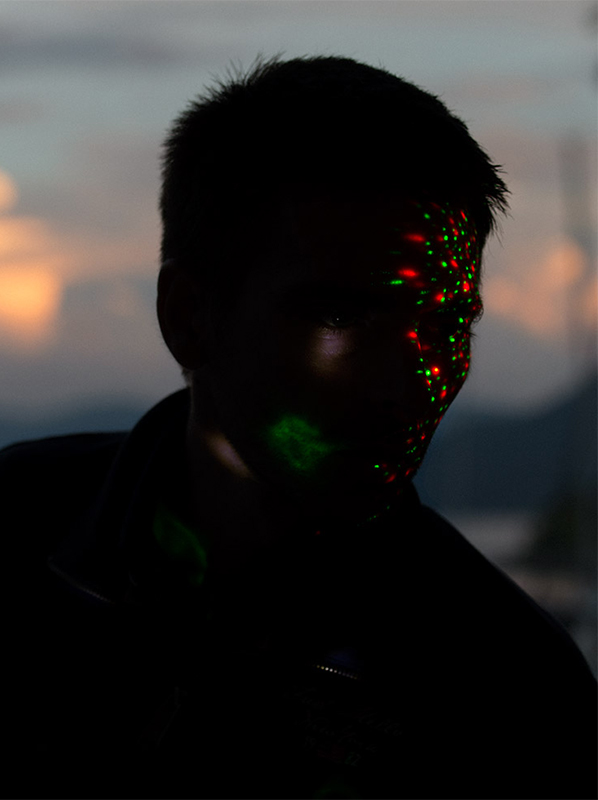
What type of photography do you aim to feature in PHROOM? Are you driven by an aesthetic, thematic, geographic classification of photographers or something else when you choose the photographers and bodies of work?
We are focalised on Fine-Art photography and starting from September 2017 we’ll open our research also on Video-Art and Audio projects so we’ll have a wider field but it will still be treated with cognition. We publish much sought-after projects alternating with other projects with a more pop aesthetic, united by being very interesting artistic projects.
Personally, I prefer works that talk to contemporaneity in its various aspects, even the lesser-known ones, I like when projects tell a fraction of reality and make it into a subjective and honest way without homologation, It’s fascinating to see works that relate to the same theme sometimes made in the same situations but with no commonalities in their aesthetic rendition, in those moments you realise that you are not talking about technique.
We alternate young artists (young, not inexperienced or unready) with some more established to facilitate a generational dialogue and to show how both can still be contemporary, without geographical or thematic limitations.
Tell us about how you understand the role of a curator and how you work as a curator? How your exhibition curatorial work coexists with PHROOM ? Do some of the PHROOM magazine artists end up in your exhibitions?
With the term “curator” a wide range of working typologies are invoked, I work together with the Artists gathering up our expertise to exhibit their projects in the best way and, since I come from an architectural studies background, I am particularly attentive to sensory aspects due to locations, the setting up, lights and many other details related to the fruition of an artwork.
The Artists I work with are often people I know the work of very well. I’ve the possibility to choose projects that are particularly related to my way of thinking and seeing things, and that’s how PHROOM and my curatorial works coexist, by drawing from each other going forward in parallel.
Since PHROOM has an art gallery setting we usually follow many of our selected Artists for a long time, deepening our knowledge more and more, by publishing their works, making interviews and collaborating in our exhibition projects.
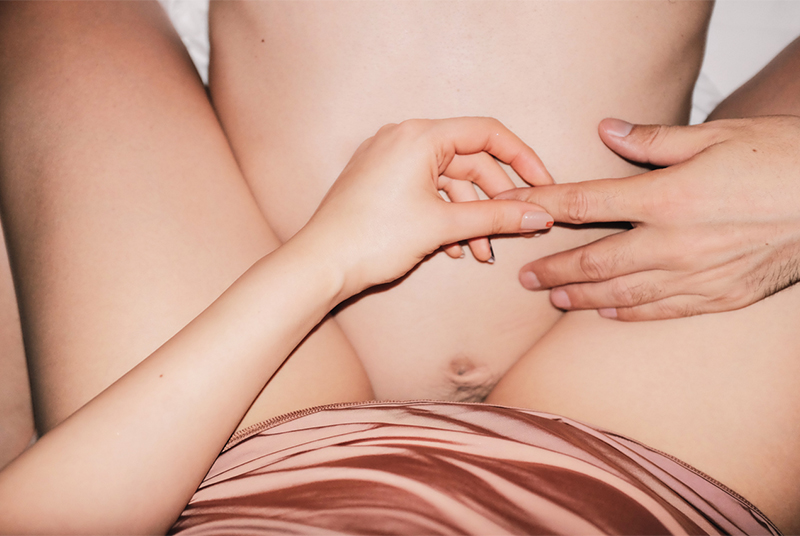
You work not only with photographers but also with collectors – what are photography lovers looking for when choosing a photograph or artist to add in their collection?
Every photography collector loves to collect fragments of reality and contemporaneity and by following their tastes creates a representation of it. There are three macro categories in which collectors we work with through our Art Advisory serivice are divided, those who do it for investment, those who do it for passion and those who do it for both. However, they turn to us to add to their collection the work of Artists who have seen on PHROOM and of whom they have deepened their knowledge through our content.
We are intermediaries and we are working to keep the interested collectors up to date so that we can offer them works in preview and sometimes even exclusively. Our work allows us to be constantly in touch with many Artists staying updated on their past, current and upcoming projects.
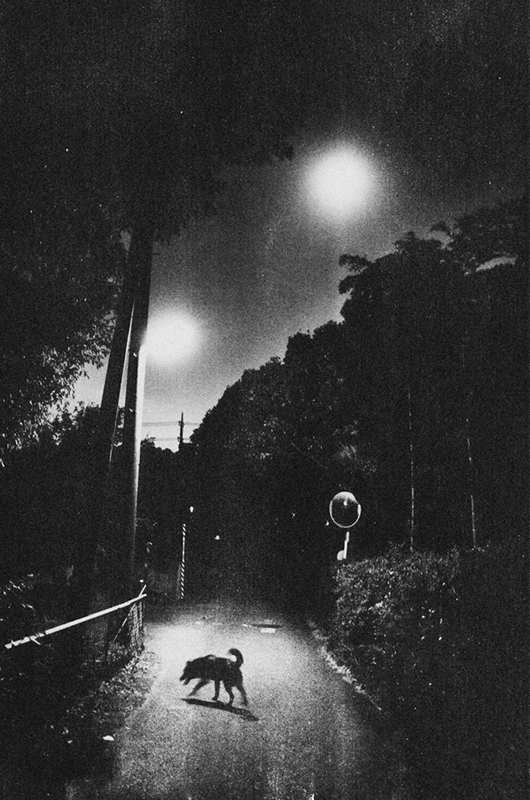
What are the trends that you see in the world of photography?
Talking about photography in general, I must say that I see a worrying conformity, certainly also an effect of globalisation, which creates a sense of belonging but eliminates a number of very valuable individualities; this is a topic I often discuss with my collaborators.
I think that since photography is a medium and a contemporary language, it is normal that it also represents all the negative aspects of our time.
Parallel to these types of projects there are always, especially in the field of Fine-Art Photography, pure and honest projects, little influenced by external currents created by Artists who carry on their research and their language realising unique and inimitable works, representation of their personality and contemporaneity.
I’m particularly interested in this kind of creative maturity and I’m glad that, even if they don’t represent the majority, there are many Artists who work in this way.
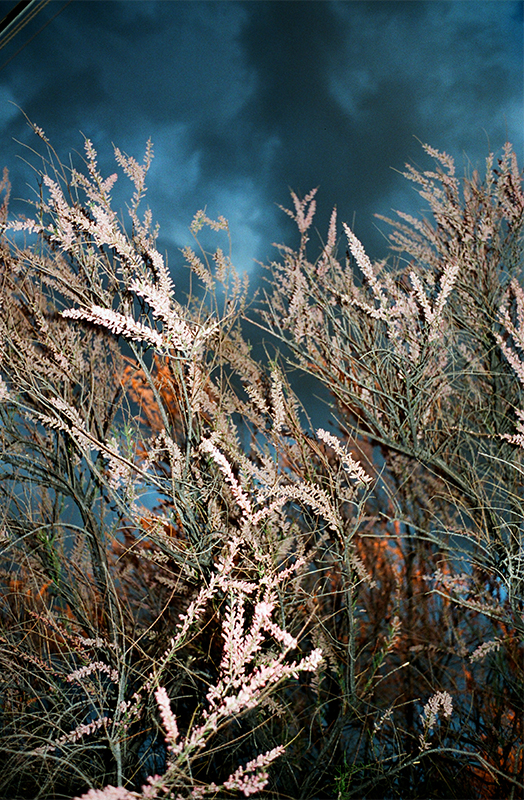
What are your and PHROOM next plans? How do you want to see PHROOM in the next 2 years evolving?
We will have many new features in autumn starting with the new sections dedicated to video and audio going through the collaborations we will have with UNSEEN 2017 in Amsterdam and ZONA MACO Photo in Mexico City.
To keep our research always attentive, till a series of new things that for now I do not reveal that will have the purpose of creating collaborations and partnerships in the field of Fine-Art Photography to steadily improve the service we offer.
We’ll continue our research and we’ll increase the capacity of our artistic archive, we’ll continue to follow the artists we selected and we’ll increase our exhibition presence.
These are the goals we have set ourselves but, as we said at the beginning, we will see how it will evolve only with the passing of time, like in an interesting journey.
Thank you, Giangiacomo Cirla!

